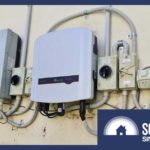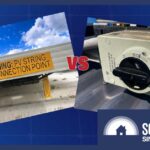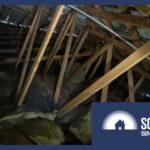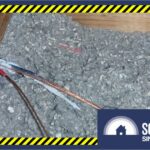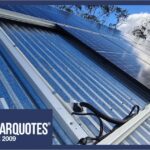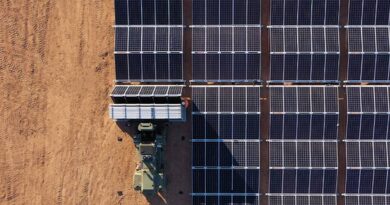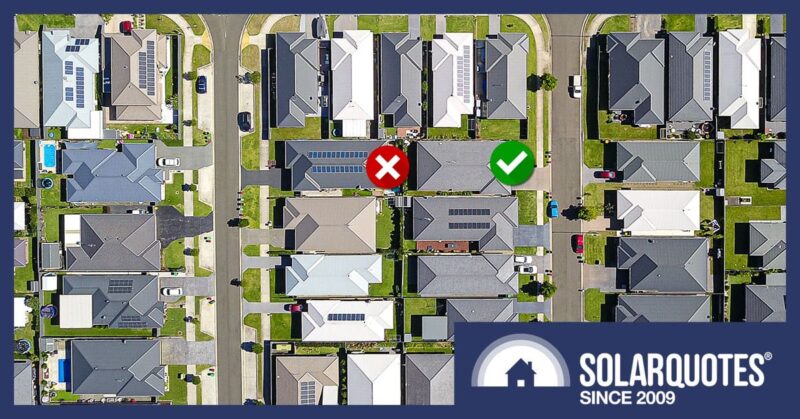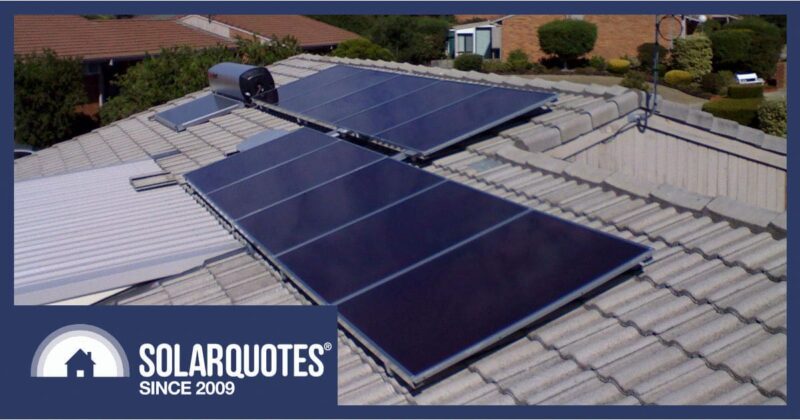The Ugly Truth About Conduit And Solar Panels

Cable conduit can look awful on a solar roof, and is overused by crap installers. But sometimes a little bit of rooftop rigid conduit can be justified. Image: Crap Solar Facebook Group
Protective electrical conduit is a small part of every solar install, but using it properly can make or break both the compliance and the aesthetics of that job.
This post will explore the use of cable conduit in and on a solar roof.
Conduit In The Roof
Since 2014, DC wiring for solar arrays has been singled out for special attention by Australia’s wiring standards. Once DC cables leave the array and enter the building, they must be encased in heavy-duty conduit, labelled “Solar DC” every two metres or where it changes direction.
The latest solar installation standard, AS5033:2021, has even more specific requirements for where cables can be routed and secured inside the ceiling space.
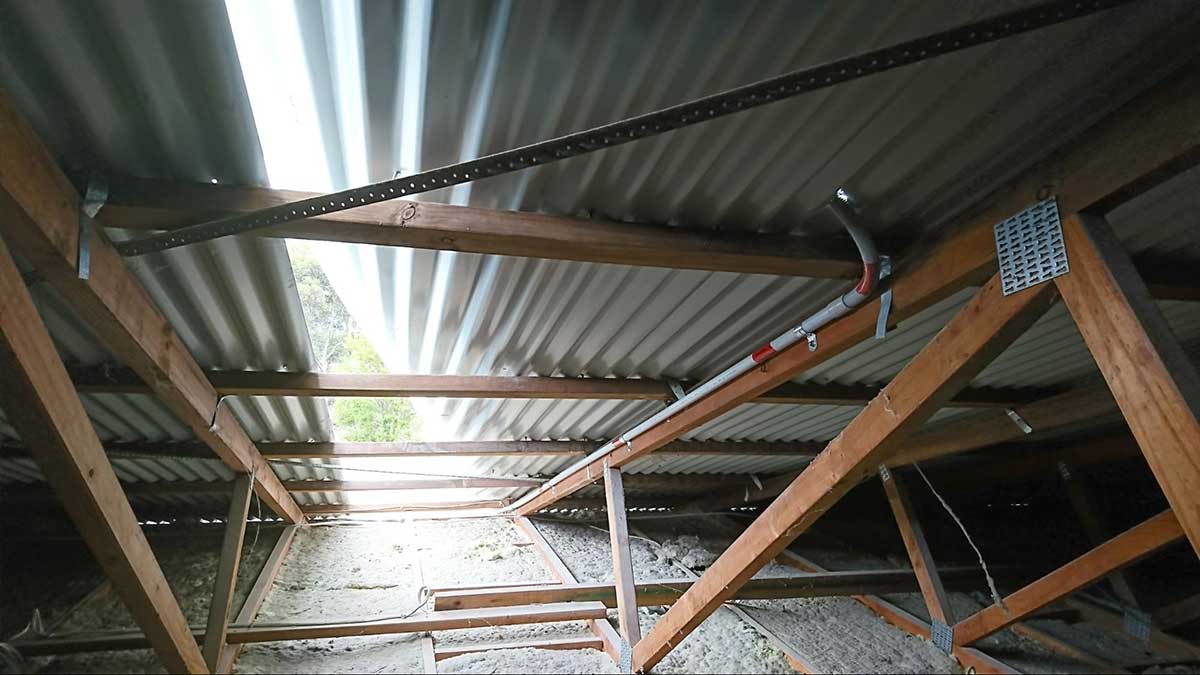
The DC solar wires must be in labelled conduit after they enter the building. The labels are red.
These rules are designed to protect people such as firefighters who poke sharp things like axes through the ceiling.
They also protect the wiring from damage by errant rodents, especially the ones who install pay TV. Despite specific labelling, confusing the black twin DC solar cable for satellite aerial cable could be equally exciting and lethal for those holding the side cutters.
So that’s solar in the roof – it’s explicit in the standards it must be in conduit, but what about on the roof?
Bad Cable Conduit On The Roof
I’ve seen terrible solar cable conduit work done on rooftops by tradespeople who, I assume, work for peanuts on systems no doubt recommended by superannuated cricketers on TV.
They put 18 solar panels on four or five sections of roof and connect them with a network of corrugated conduit tentacles that look like those of a fearsome deep-sea monster.
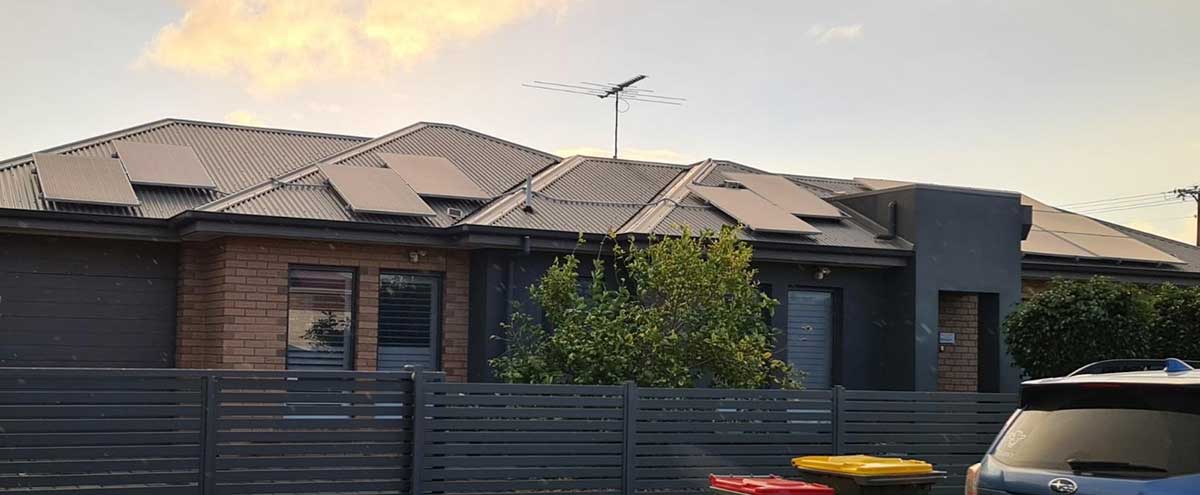
There are some things that should never exist, starting with the quintuple-fronted suburban house with portico.
Proper tradespersons rightly deride these maritime nightmares as ugly. However, I like to make the point:
If these installers don’t care how shoddy their work looks, do you really want them making six or eight equally slipshod holes in your roof?

Just look at that gloriously efficient wiring across the roof, as simple as the people who installed it.
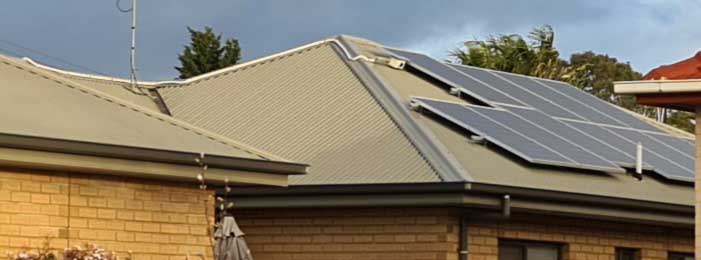
The same house just keeps on giving. Conduit snaking along the hip and panels overhanging the frame. Quality so bad that it’s almost good
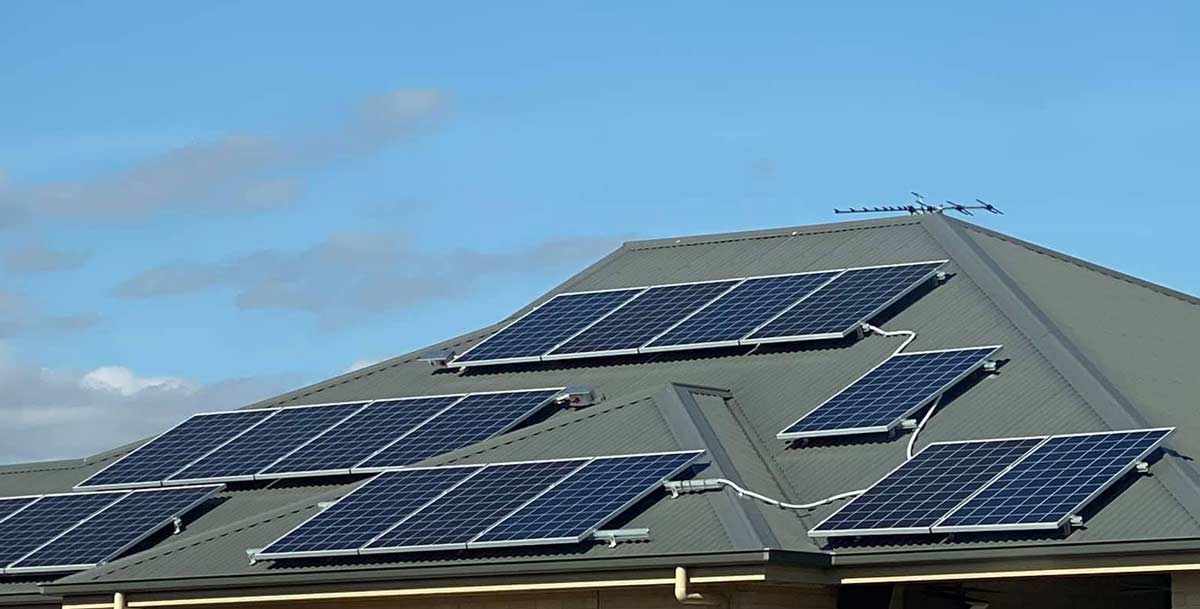
This example is from the ‘Crap Solar’ Facebook group.
Good Conduit On The Roof
Some electricians believe conduit should never be seen on a roof. I disagree.
Despite the horror-show of flexible cable conduit all over a solar roof, sometimes a short length of rigid conduit is a good idea – if it can reduce the number of roof penetrations required.
As a licensed roofer, I will tell you that there are good reasons not to make holes in the roof, even if you have a proud and skilled installer who knows how to make a proper weatherproof penetration.
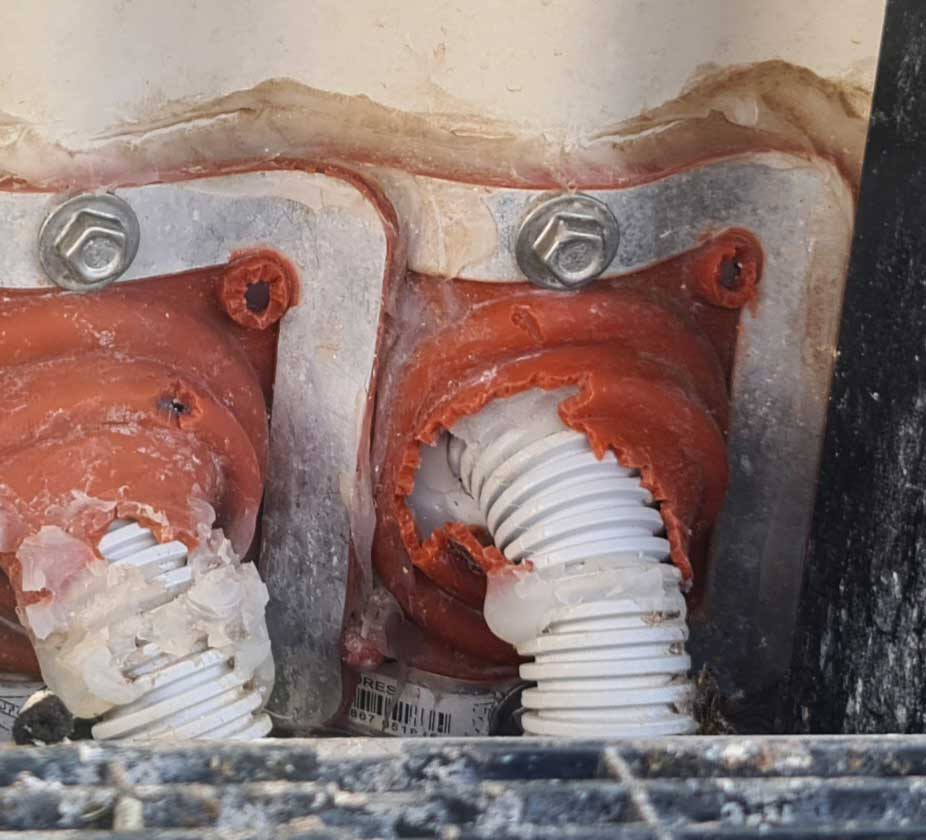
Dismally installed rubber flashings with even more damage from rats or birds.
Using rigid conduit, or better still metal duct, to protect cables from the sun and wildlife is often the best approach.
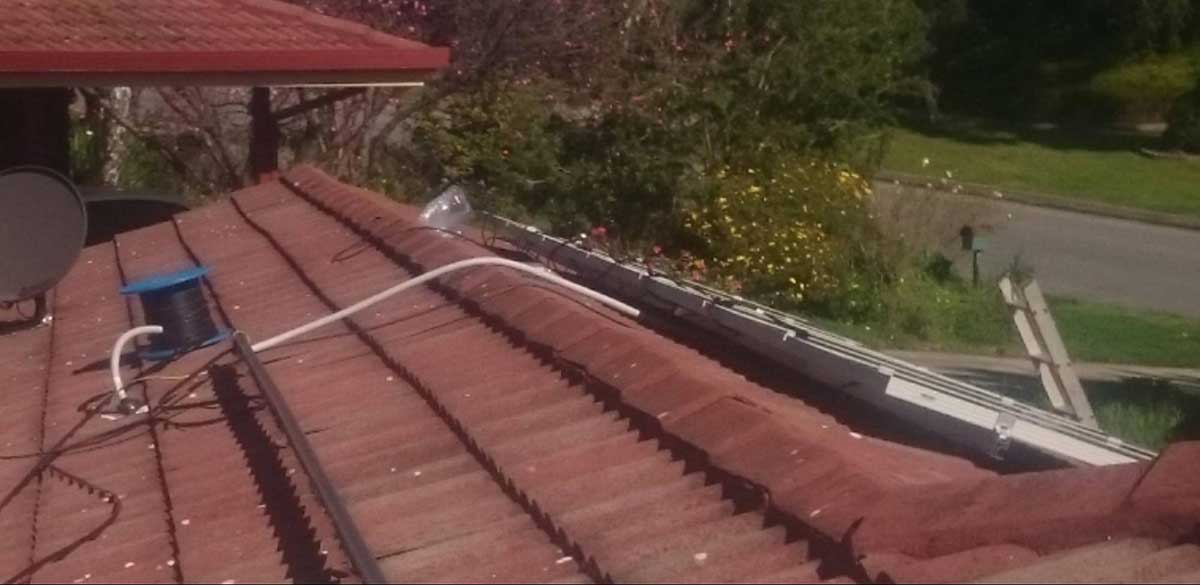
Rigid conduit custom bent to bridge from one solar panel array to another
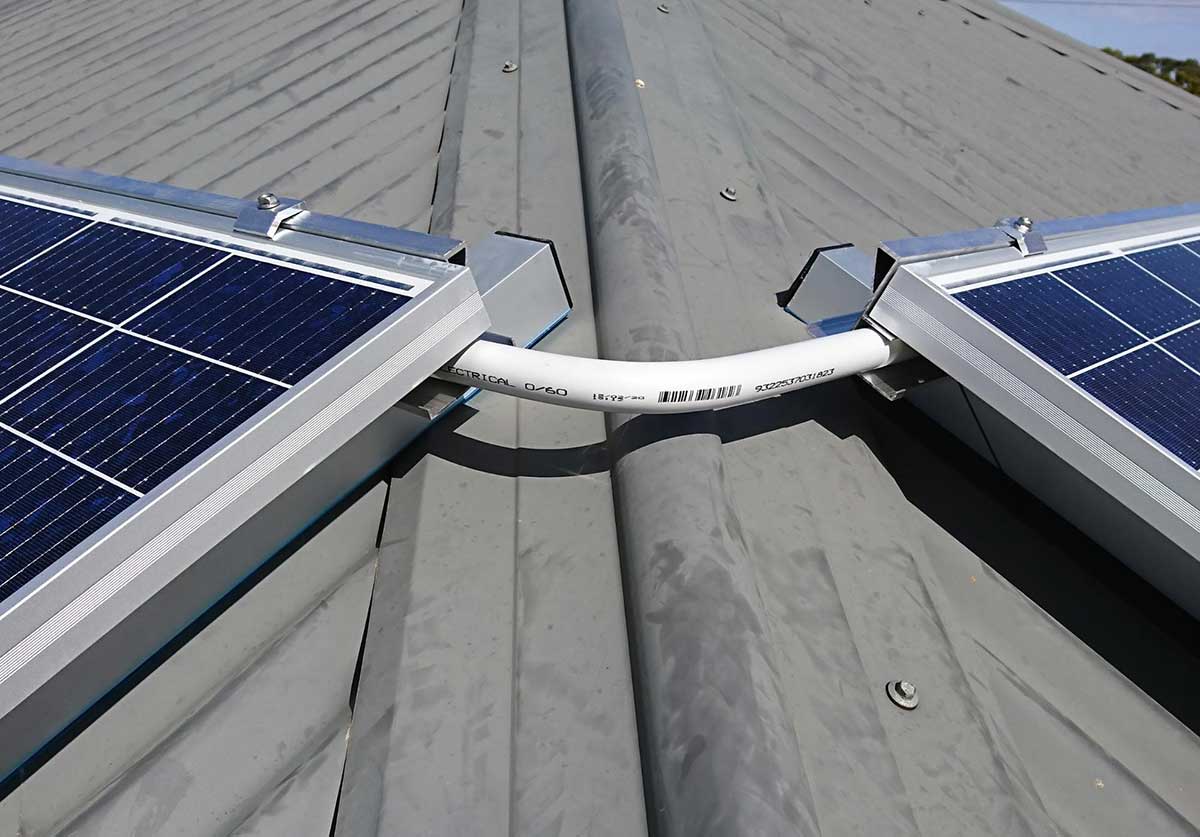
This bespoke frame is perfectly strong, placed close to the hip line of this roof, and the wiring placed in custom bent conduit is a simple solution that avoids making holes in the building.
On the Roof: Bird Protection
While we are on the roof, we should explore bird proofing of solar panel installations.
I have diagnosed first-hand examples of Little Corellas chewing clean through solar DC cables.
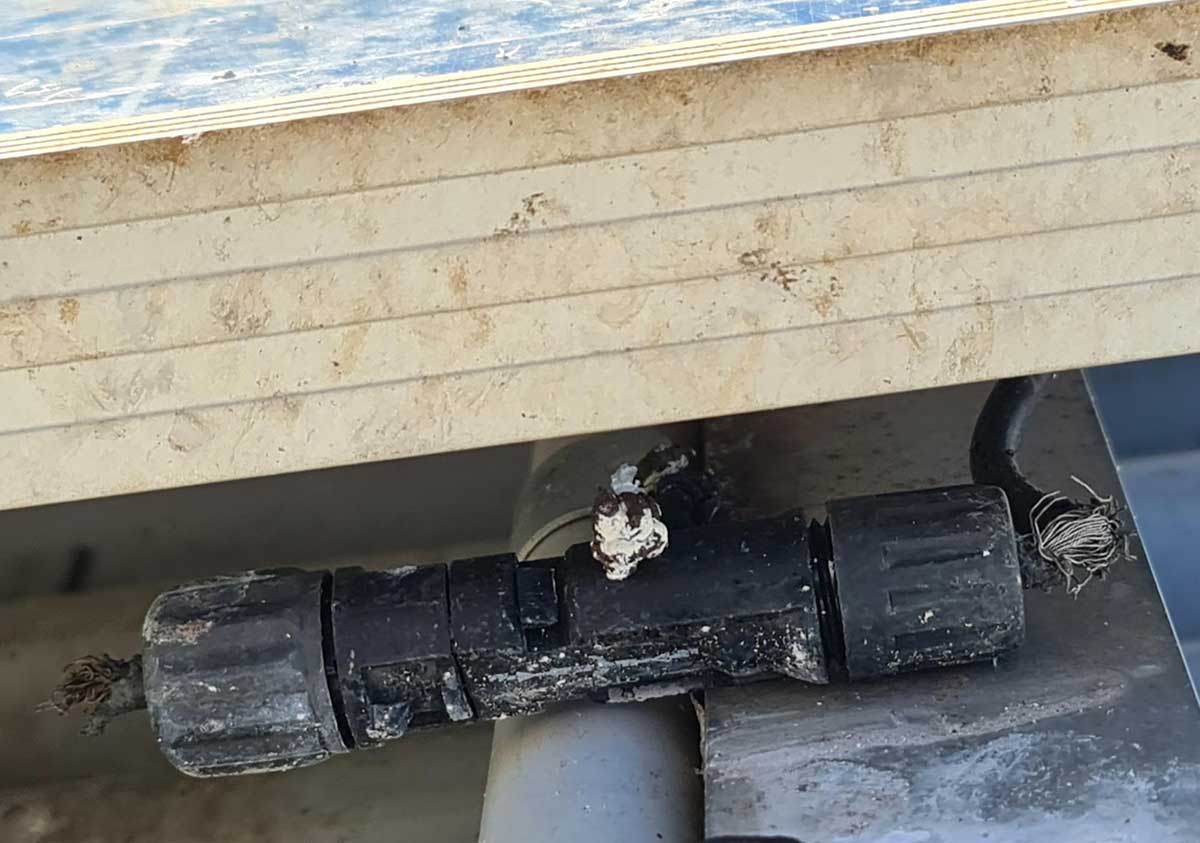
Yes, that’s a solar connector that should be clipped up out of harm’s way, and yes the birds have exposed the 700 volt live conductors at one end and chewed clean through them at the other.
I’ve also discovered pigeon palaces replete with inches of guano and dead birds.
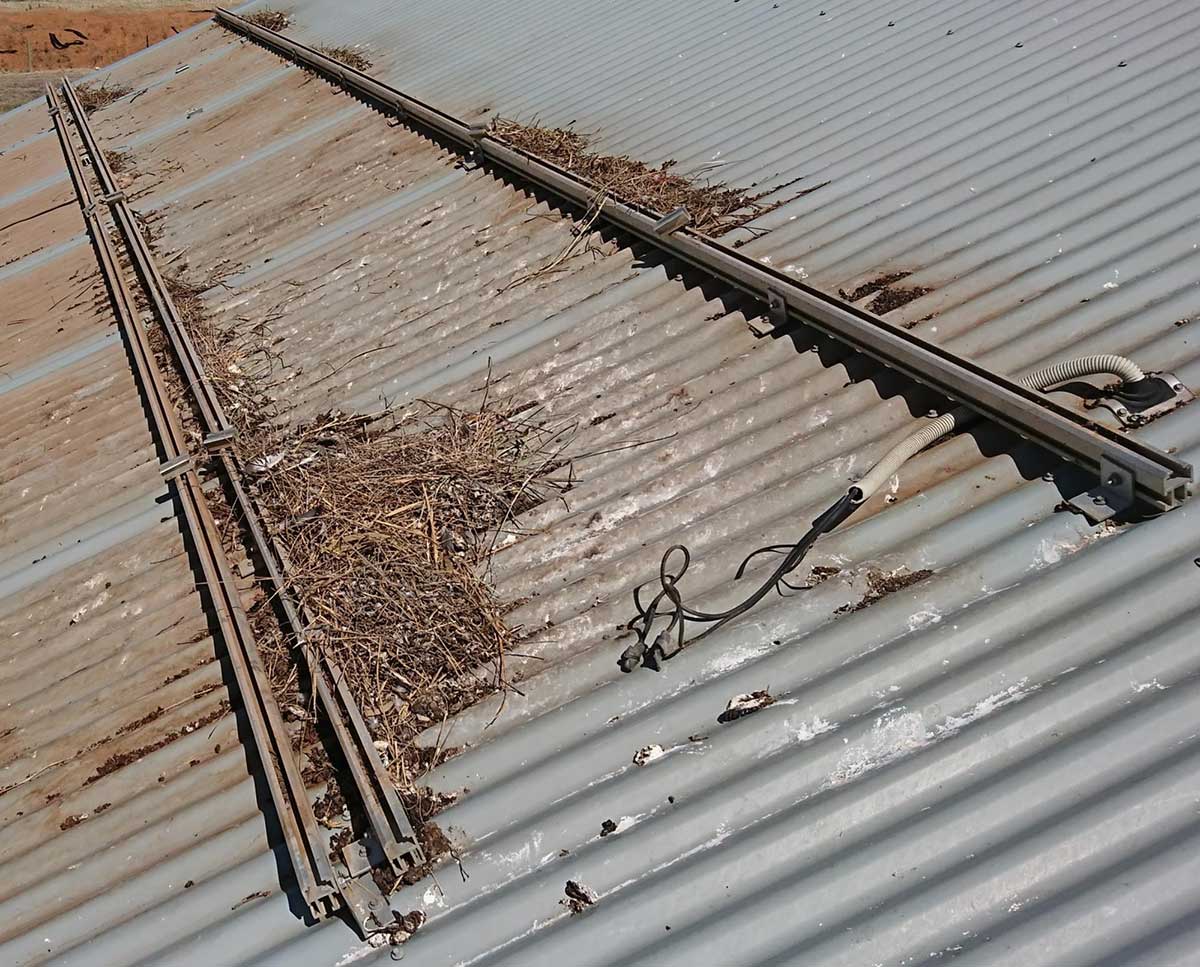
Bird proofing can be an essential accessory for your new solar install.
If you are lucky enough to have birds regularly visit your roof – be sure to discuss options for bird proofing with your installer.
Carefully Crafted Cable Conduit Conclusion
A good solar installer should never install a mess of cable conduit on your roof – but they may put some short lengths of rigid conduit up there for good reason.
If the thought of even a short piece of rigid conduit on your roof fills you with horror, then make sure you advise your installer that any visible conduit is a no-no and they can design and price the system to suit.
But whatever you do – please avoid the dirt-cheap solar specials. Unless you want to risk a Kraken of cheap conduit emerging from your solar panels once the installer has disappeared.
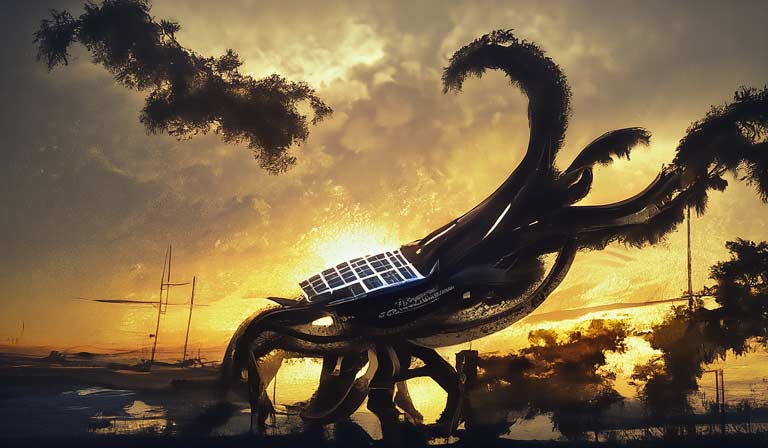
Image Credit: AI
Next week, I’ll get off the roof and explore the role of conduit at the inverter and battery.
Original Source: https://www.solarquotes.com.au/blog/solar-cable-conduit-roof/




